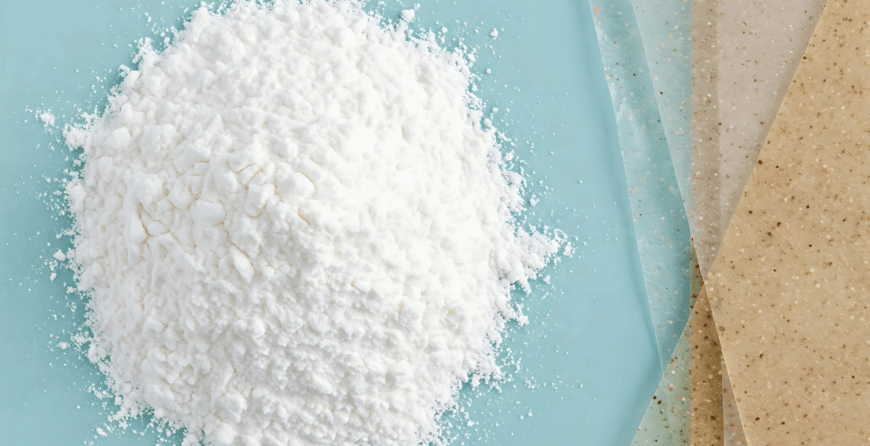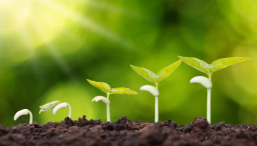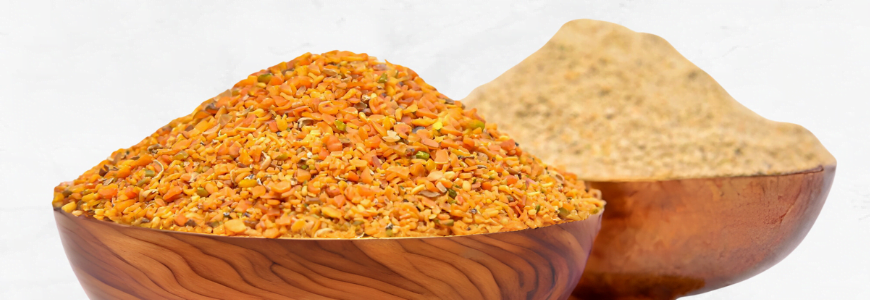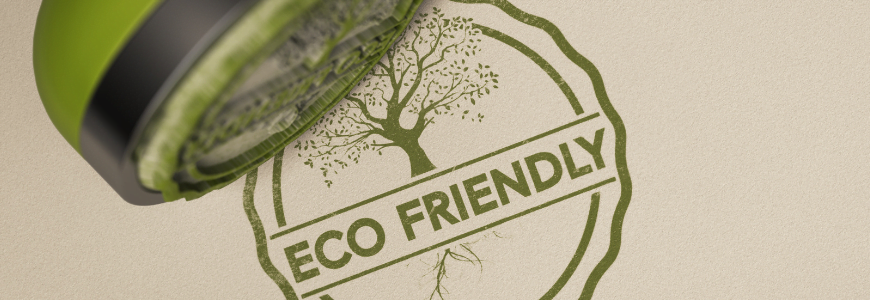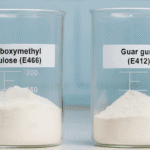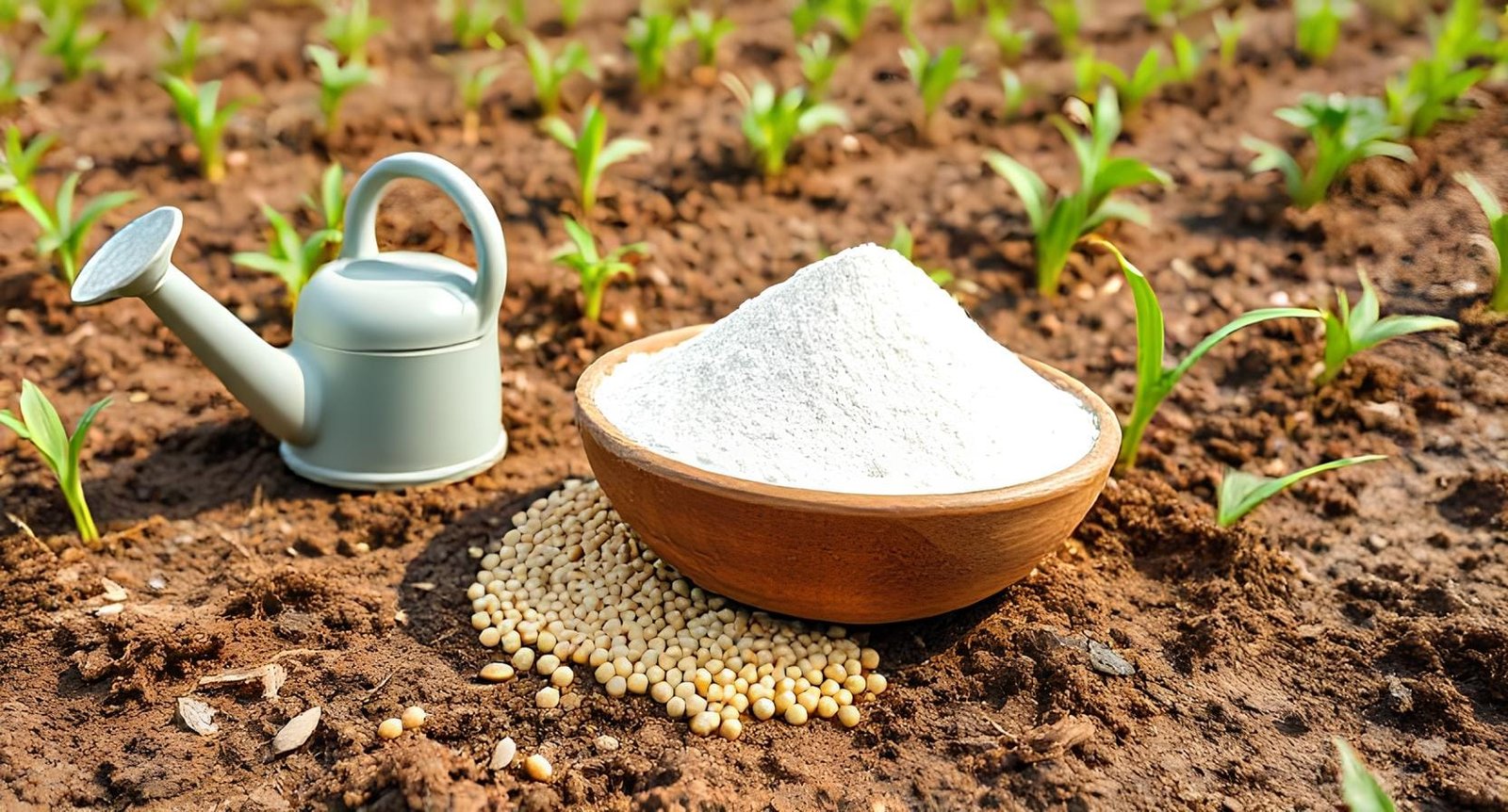Plastic waste is a serious problem that affects our environment in many ways. It harms wildlife, pollutes our oceans, and takes hundreds of years to break down. As a result, industries are now looking for better, more sustainable alternatives. One such solution is Guar Gum in Biodegradable Films. These films provide an eco-friendly option to replace regular plastic packaging. Since they break down naturally over time, they help reduce pollution and create less waste. By using biodegradable films made with guar gum, we can take a step toward a cleaner and greener future. Let’s dive a bit deeper –
What Are Guar Gum-Based Biodegradable Films?
Biodegradable films are materials that break down naturally over time, unlike regular plastics that stay in the environment for centuries. Guar Gum in Biodegradable Films is a plant-based alternative that decomposes safely, reducing environmental harm. Guar gum, derived from the guar bean, is widely known for its thickening, stabilizing, and binding properties, making it a valuable ingredient in creating sustainable films.
Why Is Guar Gum in Biodegradable Films Important?
1. Reduces Plastic Pollution – Traditional plastic takes up to 1,000 years to degrade. Guar Gum-Based Biodegradable Films break down much faster, preventing long-term pollution.
2. Eco-Friendly and Sustainable – Guar gum is obtained from natural sources, making it an environmentally friendly alternative to synthetic plastics.
3. Safe for Food Packaging – Since guar gum is non-toxic and edible, it is ideal for food packaging, reducing health risks associated with plastic packaging.
4. Supports Circular Economy – These biodegradable films encourage a sustainable production cycle where materials are reused and naturally decomposed.
5. Reduces Dependence on Fossil Fuels – Since plastics are petroleum-based, switching to Guar Gum-Based Biodegradable Films reduces our reliance on non-renewable resources.
6. Contributes to Zero-Waste Goals – Many countries and organizations are working towards zero-waste policies, and using Guar Gum in Biodegradable Films supports these initiatives.
How Are Guar Gum-Based Biodegradable Films Made?
The process of making Guar Gum in Biodegradable Films involves the following steps:
1. Extraction of Guar Gum – Guar beans are processed to obtain guar gum powder.
2. Blending with Other Biopolymers – Guar gum is mixed with natural polymers like starch, cellulose, or chitosan to enhance its strength and flexibility.
3. Film Formation – The mixture is spread into thin layers and dried to form a solid biodegradable film.
4. Testing and Application – The final film undergoes quality testing before being used in various industries.
Applications of Guar Gum in Biodegradable Films:
1. Food Packaging – Guar Gum-Based Biodegradable Films are widely used in food packaging due to their non-toxic and compostable nature.
2. Agricultural Mulching – These films are used as mulch covers to protect crops while naturally degrading into the soil.
3. Medical and Pharmaceutical Industry – Guar Gum in Biodegradable Films is utilized for packaging medicines and surgical products to minimize medical waste.
4. Retail and Shopping Bags – Many businesses are adopting these films to create biodegradable shopping bags and reduce plastic dependency.
5. Eco-Friendly Wrapping Materials – They are used for wrapping various consumer goods such as electronics, clothing, and biodegradable gift wraps.
6. Biodegradable Disposable Utensils – Cutlery, plates, and cups made using Guar Gum-Based Biodegradable Films are gaining popularity as an alternative to single-use plastic utensils.
7. Compostable Trash Bags – Biodegradable films made from guar gum are increasingly being used for trash bags that decompose naturally, reducing landfill waste.
8. Biodegradable Straws – Guar gum-based straws serve as a sustainable alternative to plastic straws, helping to reduce ocean pollution.
9. Horticultural Applications – These films are used in horticulture for seedling protection, moisture retention, and weed control.
10. Biodegradable Industrial Packaging – Various industries are replacing traditional plastic wraps and bubble wraps with Guar Gum-Based Biodegradable Films for shipping and product protection.
11. Pet Waste Bags – Compostable pet waste bags made from Guar Gum in Biodegradable Films offer an eco-friendly way to dispose of pet waste.
12. Disposable Hygiene Products – These films are also used in making biodegradable sanitary napkins, diapers, and wipes, reducing non-biodegradable waste.
Advantages of Using Guar Gum in Biodegradable Films:
1. Completely Biodegradable – Unlike plastic, these films decompose naturally without leaving harmful residues.
2. Renewable Resource – Guar gum is sourced from plants, making it a renewable and sustainable raw material.
3. Customizable Properties – These films can be modified to have different textures, thicknesses, and durability levels.
4. Reduces Carbon Footprint – Using Guar Gum-Based Biodegradable Films lowers greenhouse gas emissions associated with plastic production and disposal.
5. Improves Soil Quality – Agricultural use of biodegradable mulch films made from guar gum helps enrich the soil after decomposition.
6. Water-Soluble Properties – Some Guar Gum in Biodegradable Films are water-soluble, allowing controlled degradation in moisture-sensitive applications.
Challenges and Future Prospects:
While Guar Gum in Biodegradable Films offers numerous benefits, some challenges remain:
1. Cost of Production – These films are currently more expensive than conventional plastic due to limited production.
2. Durability Issues – Biodegradable films need to be enhanced for strength and moisture resistance.
3. Mass Adoption – More industries need to embrace biodegradable alternatives for widespread impact.
4. Awareness and Regulation – Governments and industries need to create policies that encourage the use of Guar Gum-Based Biodegradable Films.
5. Storage Challenges – Since these films degrade under natural conditions, proper storage methods must be developed to prolong shelf life.
The future of Guar Gum-Based Biodegradable Films is promising as research continues to improve their durability and cost-effectiveness. With increasing environmental awareness, governments and businesses are investing in sustainable packaging solutions. Scientists are also working on new formulations that enhance biodegradability while maintaining strength and flexibility.
How Can Businesses and Consumers Contribute?
1. Businesses Should Adopt Sustainable Packaging – Companies can shift to Guar Gum-Based Biodegradable Films for packaging instead of traditional plastics.
2. Governments Should Enforce Plastic Bans – Banning single-use plastics and promoting biodegradable alternatives can accelerate the adoption of these films.
3. Consumers Should Choose Eco-Friendly Products – Individuals can support sustainability by purchasing products packaged in biodegradable materials.
4. Retailers Can Offer Biodegradable Shopping Bags – Supermarkets and retailers can replace plastic bags with Guar Gum in Biodegradable Films.
5. Investment in Research and Development – More funding should be allocated to improving the cost and performance of biodegradable films.
6. Educational Campaigns – Spreading awareness about the benefits of biodegradable films will encourage more people to use them.
Conclusion:
Plastic waste is a growing concern, but Guar Gum in Biodegradable Films offers a viable solution. These eco-friendly films help reduce plastic dependency, protect the environment, and support a sustainable future. By choosing Guar Gum-Based Biodegradable Films, industries and consumers can make a significant impact in reducing plastic waste. With increased adoption, investment, and innovation, these films can pave the way for a cleaner, greener planet.
FAQs:
1. How does Guar Gum in biodegradable films helps?
Guar Gum acts as a natural binding and film-forming agent, enhancing the strength and flexibility of biodegradable films.
2. Is Guar Gum in Biodegradable Films safe for food packaging?
Yes, it is non-toxic and widely used in food packaging due to its biodegradable and compostable nature.
3. What industries use Guar Gum in Biodegradable Films?
Industries like food packaging, agriculture, pharmaceuticals, and retail utilize these films to reduce plastic waste.
4. Are Guar Gum-based biodegradable films water-resistant?
They have moderate water resistance but can be modified with other biopolymers to enhance durability.
5. How long does it take for Guar Gum biodegradable films to decompose?
Decomposition time varies but is generally much faster than traditional plastic, depending on environmental conditions.
6. Can Guar Gum films replace traditional plastic?
Yes, they offer an eco-friendly alternative for packaging, shopping bags, and disposable utensils.
7. Are Guar Gum-based biodegradable films cost-effective?
While slightly more expensive than plastic, their sustainability benefits make them a viable long-term solution.
8. Do Guar Gum films require special disposal methods?
No, they can be composted or degraded naturally without harming the environment.
9. Do Guar Gum films have a shelf life?
Yes, their shelf life depends on storage conditions, but they remain stable under dry conditions.
10. What makes Guar Gum better than synthetic polymers?
It is plant-based, biodegradable, non-toxic, and does not contribute to plastic pollution.

